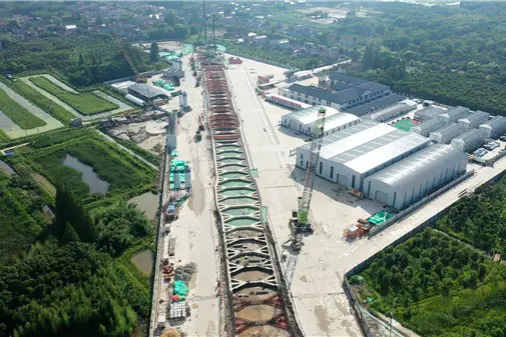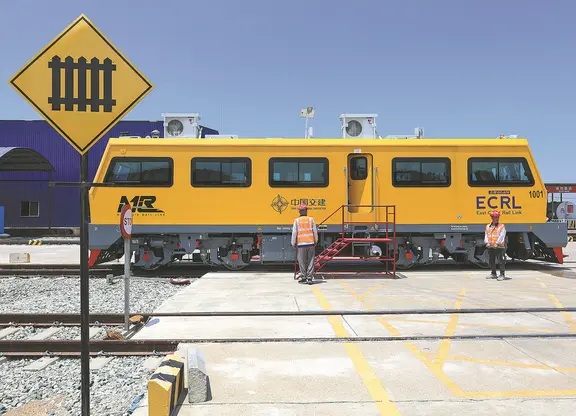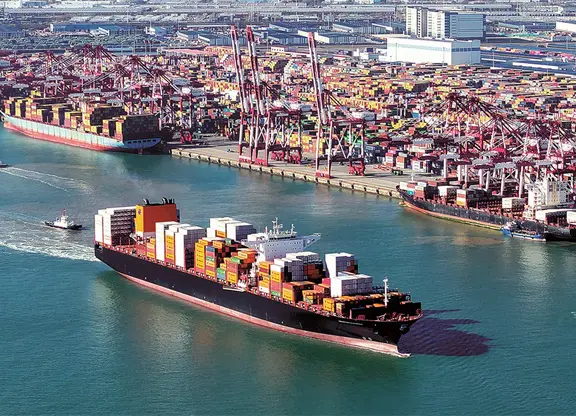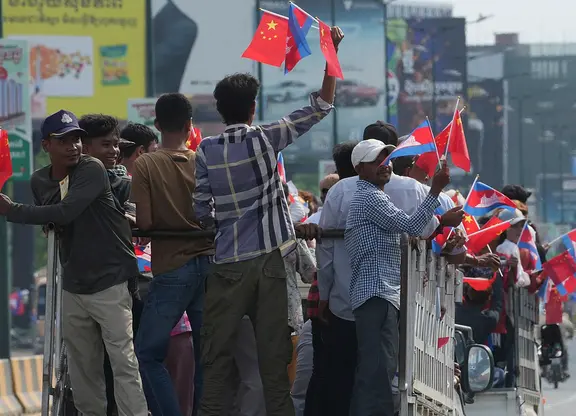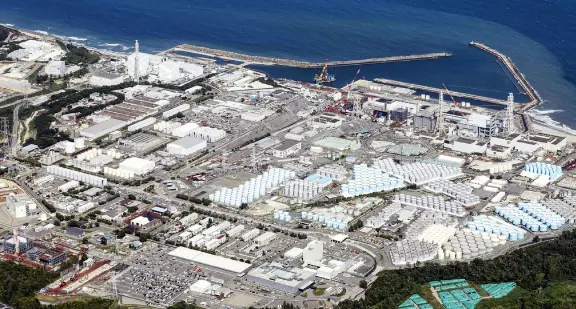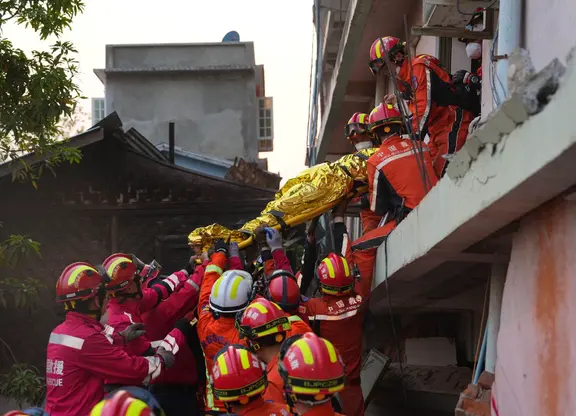By APD writer Alice
Super typhoon Faxai killed at least three people and injured more than 50 others after battering the Tokyo metropolitan area on September 9.
A woman in her 50s in Tokyo's Setagaya ward was confirmed dead after she was blown off her feet and into a wall, while an 87-year-old man died after a tree toppled on him while he was removing fallen trees on a mountain in Otaki, Chiba prefecture, according to police.
A 47-year-old male civilian who was fixing a power generator at the Maritime Self-Defense Force's Yokosuka base in Kanagawa Prefecture died after apparently falling from a height, the police said. A 17-year-old boy went missing at a beach in Chiba prefecture as well.
Apparently, due to strong gusts, a tall fence surrounding a golf driving range collapsed onto residences in Ichihara, also in the prefecture, leaving a woman in her 20s with serious injuries.
The typhoon also caused transportation outages that affected nearly 3 million commuters and left thousands stranded at the Narita airport, east of the capital.
East Japan Railway Co. suspended all train lines in the metropolitan and surrounding areas before typhoon Faxai made landfall near the city of Chiba shortly before 5 a.m. as one of the strongest typhoons known to have hit the Kanto region of eastern Japan.
At the Narita airport, an international gateway to Japan, about 14,000 people were stranded on September night as the public transportation system connecting the airport and the metropolitan area was suspended, according to the Narita International Airport Corp.
Airport officials provided travelers with blankets and crackers. They also passed out sleeping bags to some who decided to spend the night, following a day in which most trains were not running and buses were scarce even after service resumed.
The airport extended its operations by two hours to 1 a.m. on September 10. Some international flights of Japan Airlines Co. from Guam and Manila were diverted to Tokyo's Haneda airport due to congestion at Narita.
Many people lined up at train station entrances and counters for shuttle bus services, while other areas in the airport such as food courts were flooded with travelers.
Some 930,000 households, mostly in Chiba and Kanagawa prefectures, experienced temporary power cuts, according to Tokyo Electric Power Company Holdings Inc.
(Cover: Thousands of people are stranded at Narita airport)
(ASIA PACIFIC DAILY)
 简体中文
简体中文





